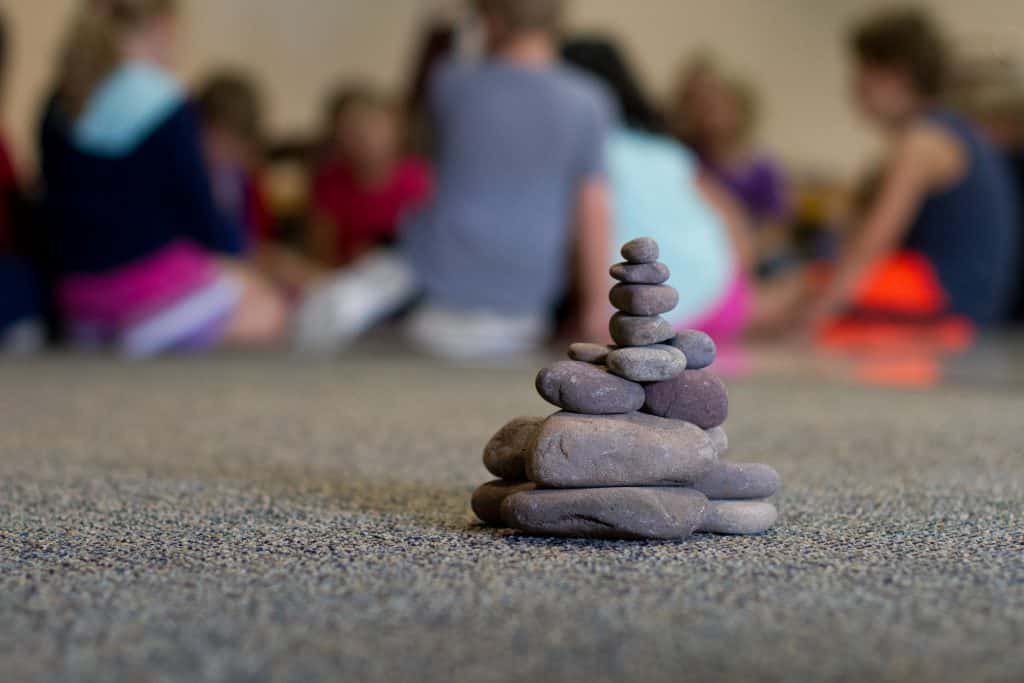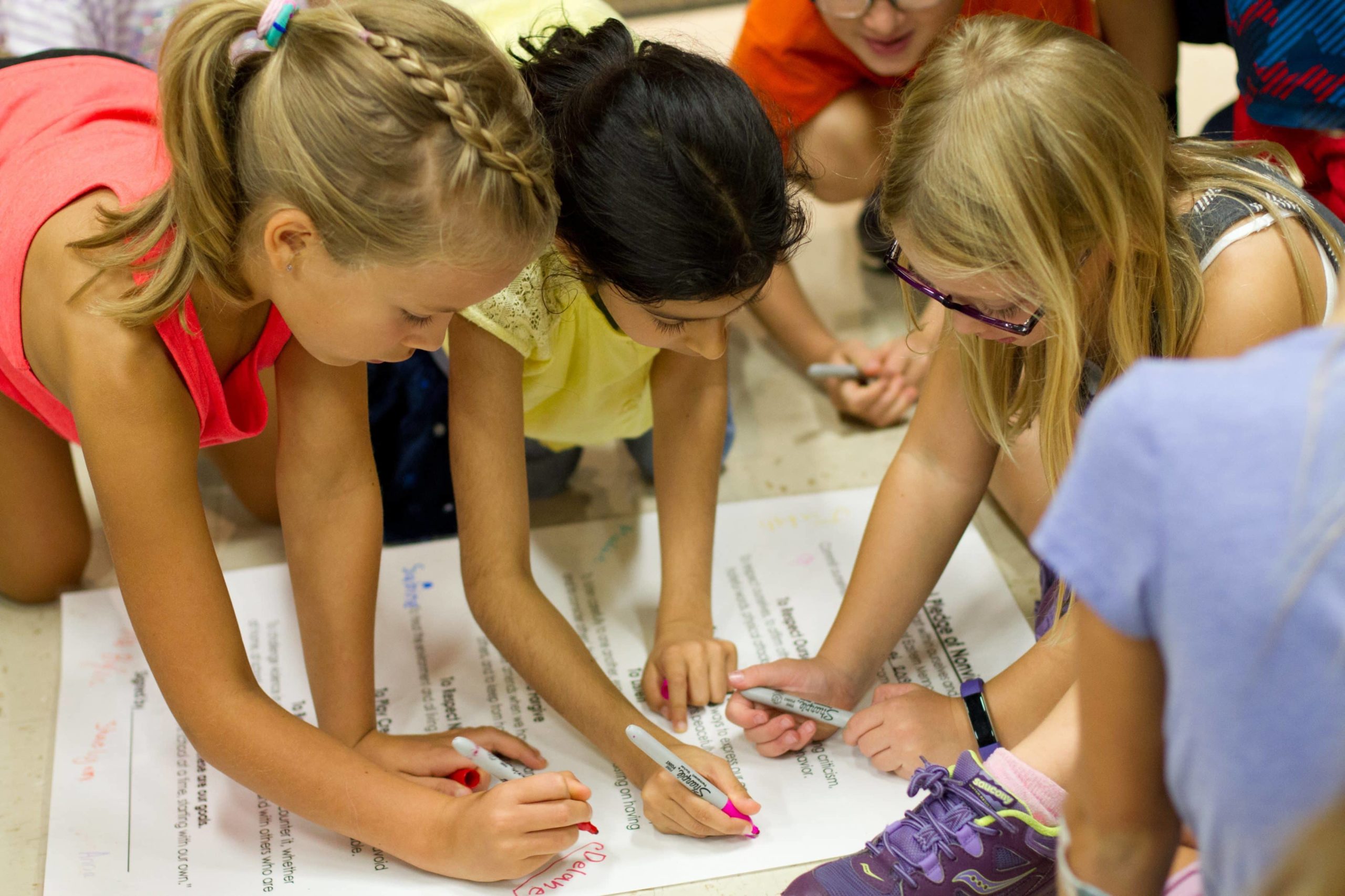 Elaine Moyer serves as senior director at Mennonite Education Agency to support, network and amplify the extraordinary people who live into their calling to inspire Anabaptist/Mennonite education. She loves hanging out with her grandchildren, staying active and traveling.
Elaine Moyer serves as senior director at Mennonite Education Agency to support, network and amplify the extraordinary people who live into their calling to inspire Anabaptist/Mennonite education. She loves hanging out with her grandchildren, staying active and traveling.
What are my default responses when someone confronts me? Do I respond with a clenched fist? Do I use words to state my case or argue? Do I stand my ground? Do I take it personally?
When I think about my earliest memories of bigger kids and adults, I remember the kindness and compassion that shifted the energy of an angry conversation to one of companionship. How did these folks learn this response? How did they come to trust that non-violence was an option?
Maybe I learned it from my Dad: “Do everything you can, not to hurt another person.” Or Scripture: “Do unto others what you would have them do to you” and “Love God; Love Neighbor.” Or the Lord’s Prayer, “Forgive us…as we forgive others.”

Eastern Mennonite Elementary School students built a cairn as a symbol of collective peace. Photo by Andrew Gascho, Eastern Mennonite School
A Peace Pledge event and signing by Eastern Mennonite Elementary School in Harrisonburg, Virginia, that takes place each year soon after school starts, grabbed my attention. This year, students selected rocks that they used to build a class cairn as part of the pledge. “They are keeping the cairns in their classrooms to remind them of their pledge and what it means to join individual efforts into a collective,” Andrea Wenger wrote in the Eastern Mennonite School news.
Hearing about this, I wished that every child in all the world would have an opportunity to be part of a classroom and school that chooses rocks (which could be used to destroy) with careful attention to how each rock would fit with other rocks to create peace cairns.
Choosing a rock offering to contribute to the classroom community is personal. It will be present each day as a reminder of a shared commitment to peace. Check out the article and pictures of not only this year’s pledge but last year’s pledge event, where students washed each other’s hands.
Students also sign a peace pledge — available in various forms for churches, families, schools and other organizations — which was developed by The Institute for Peace and Justice in St. Louis, Missouri. The tenets of the pledge are:
To Respect Self and Others — To respect ourselves, to affirm others and to avoid uncaring criticism, hateful words, physical attacks and self-destructive behavior.

Students add their names to the Peace Pledge at Eastern Mennonite Elementary School. Photo by Andrew Gascho, Eastern Mennonite School
To Communicate Better — To share our feelings honestly, to look for safe ways to express our anger, and to work at solving problems peacefully.
To Listen — To listen carefully to one another, especially those who disagree with us, and to consider others’ feelings and needs rather than insist on having our own way.
To Forgive — To apologize and make amends when we have hurt another, to forgive others, and to keep from holding grudges.
To Respect Nature — To treat the environment and all living things, including our pets, with respect and care.
To Play Creatively — To select activities and toys that support our school’s values and to avoid activities that make violence look exciting, funny or acceptable.
To Be Courageous — To challenge violence in all its forms whenever we encounter it, whether at home, at school, or in the community, and to stand with others who are treated unfairly.
“This is our pledge. These are our goals,” closes the pledge. “Eliminating violence, one school at a time, starting with our own.”
Let’s each choose a rock as a marker that we too can #BringThePeace.

